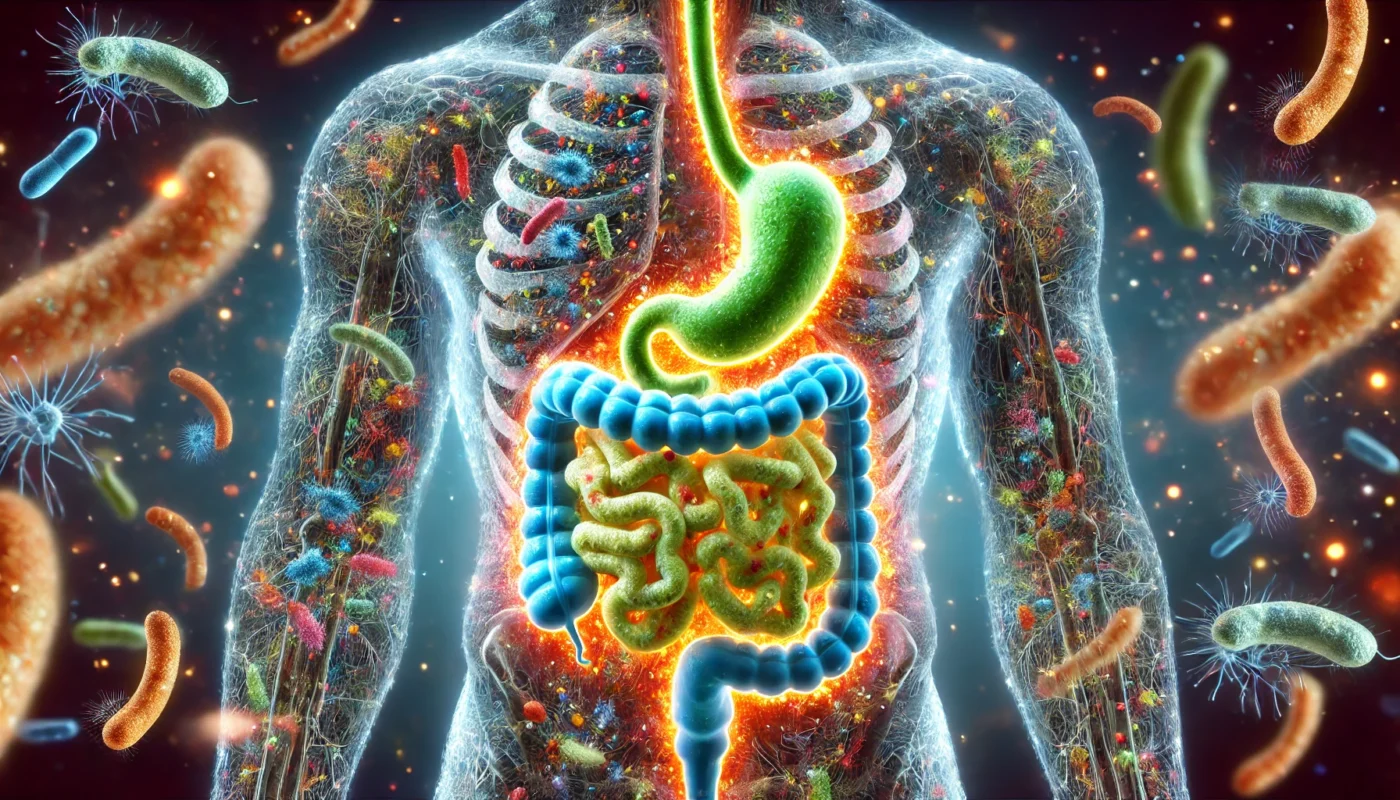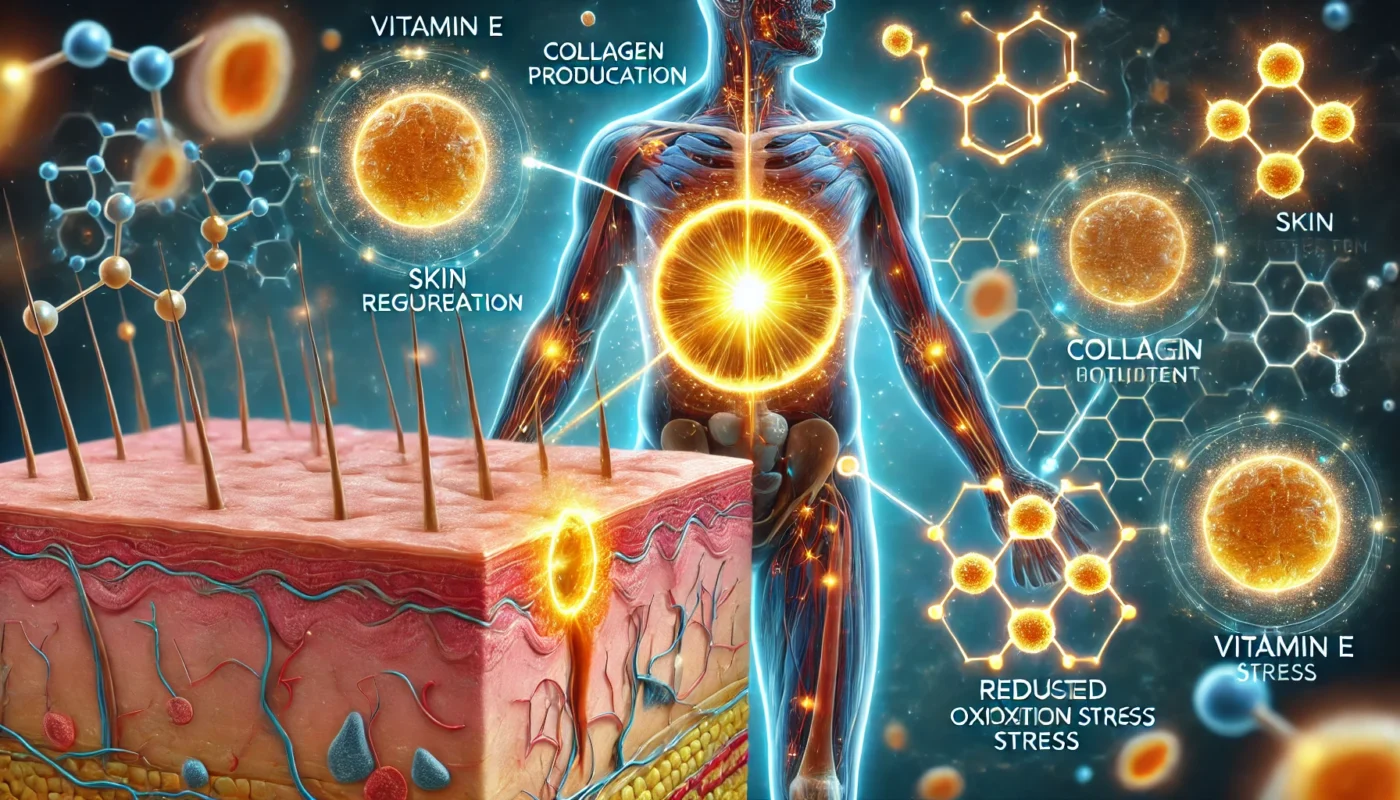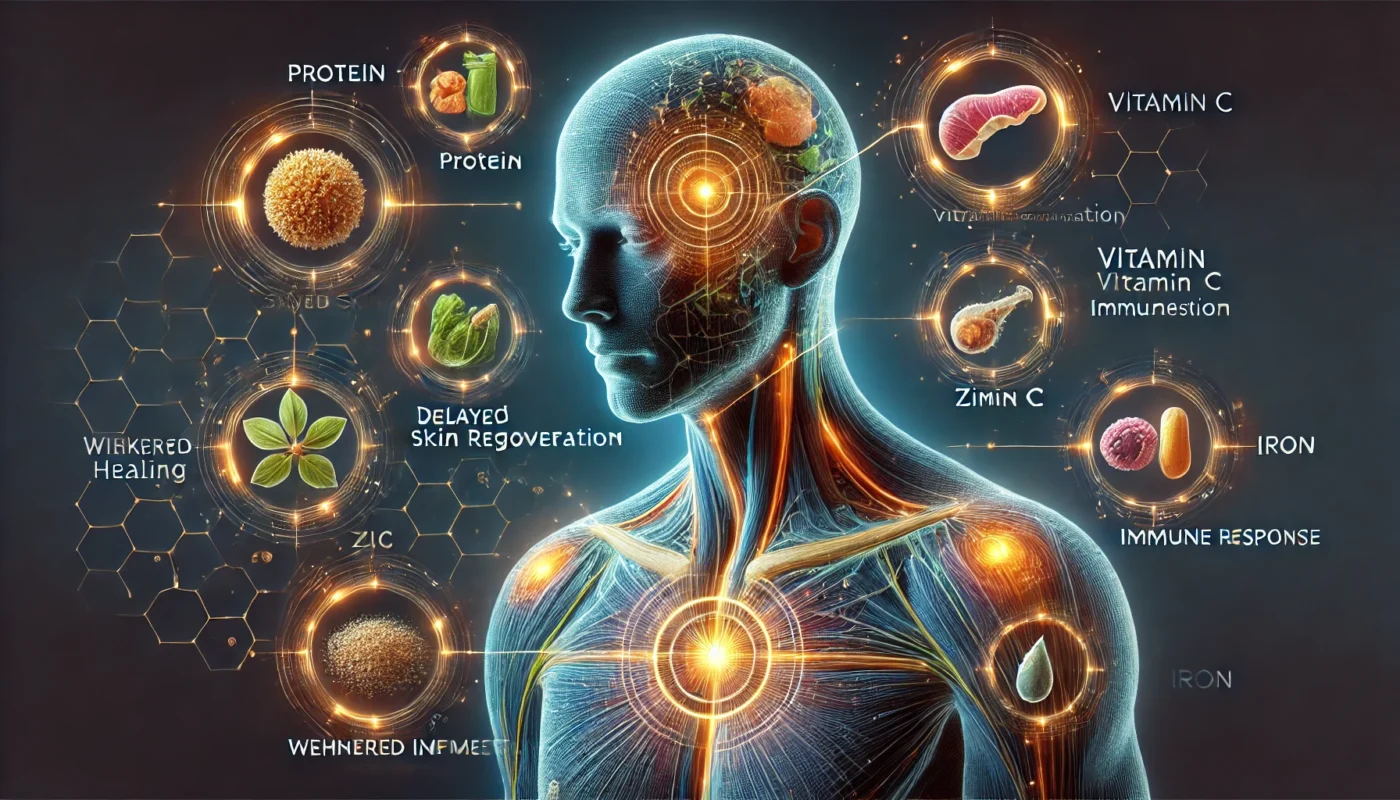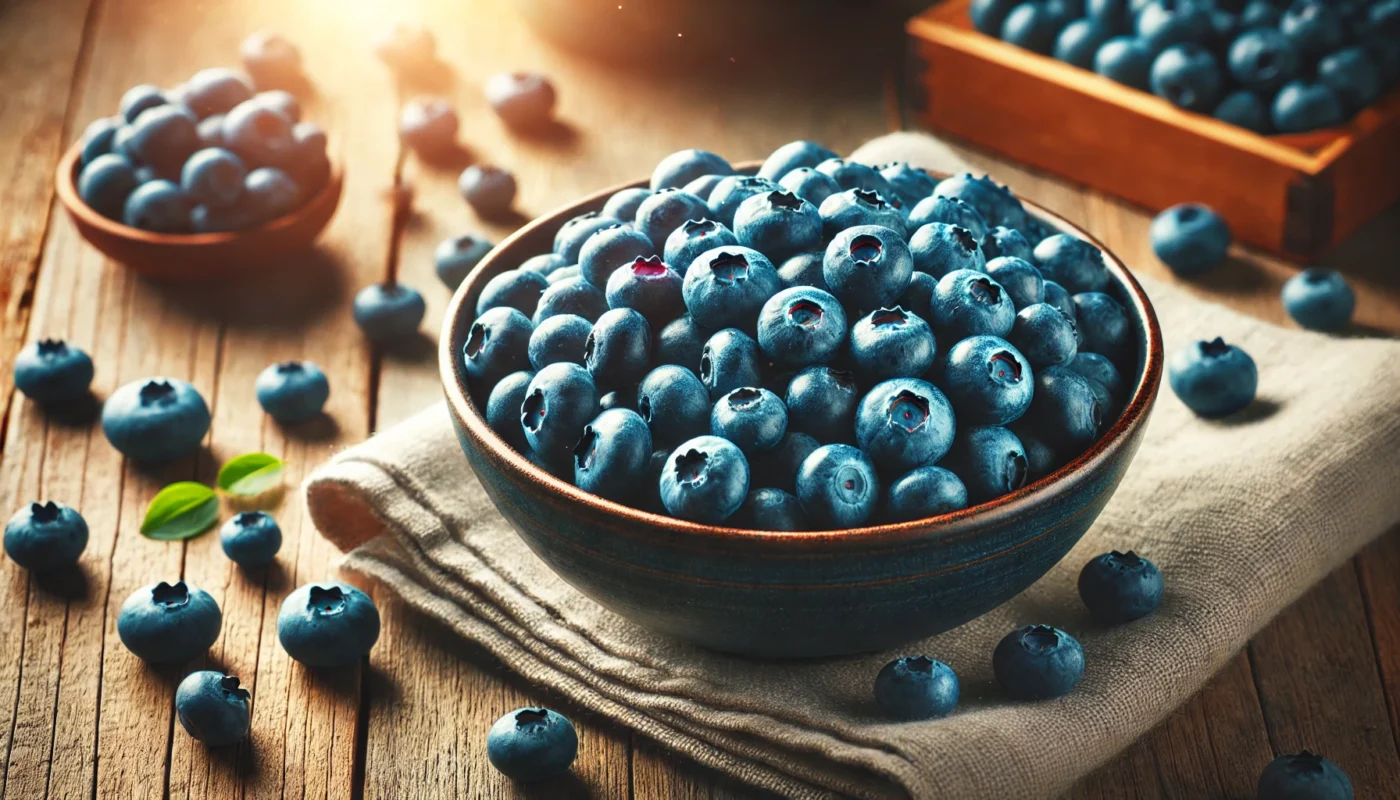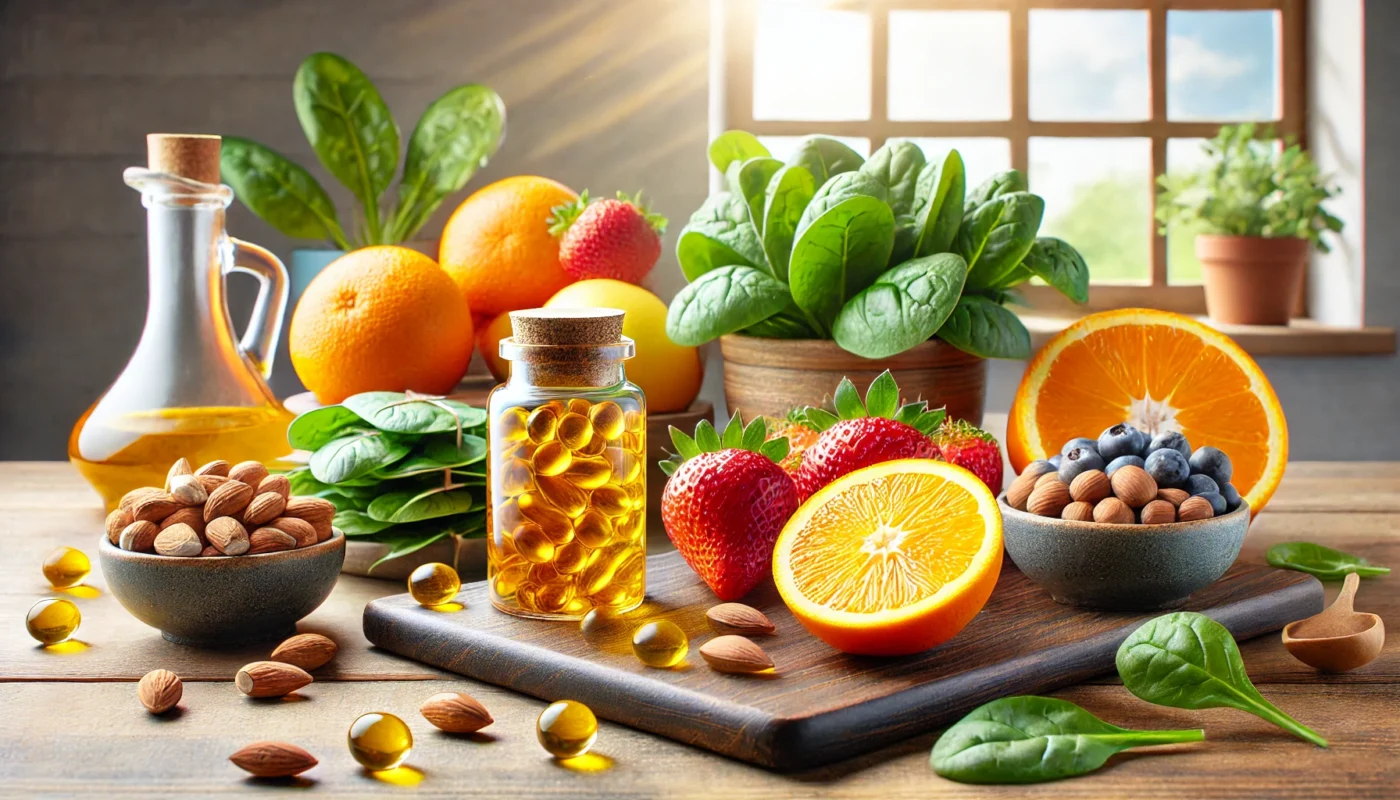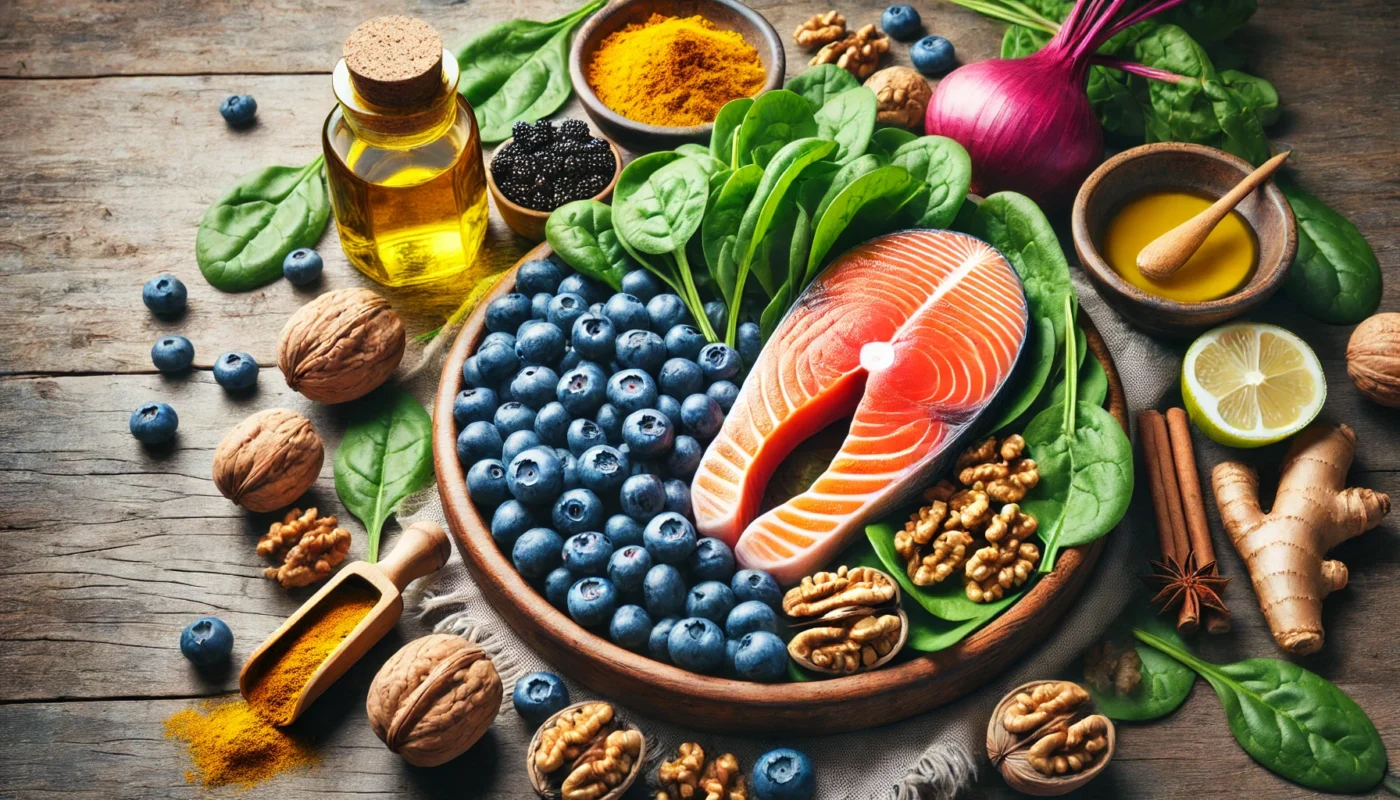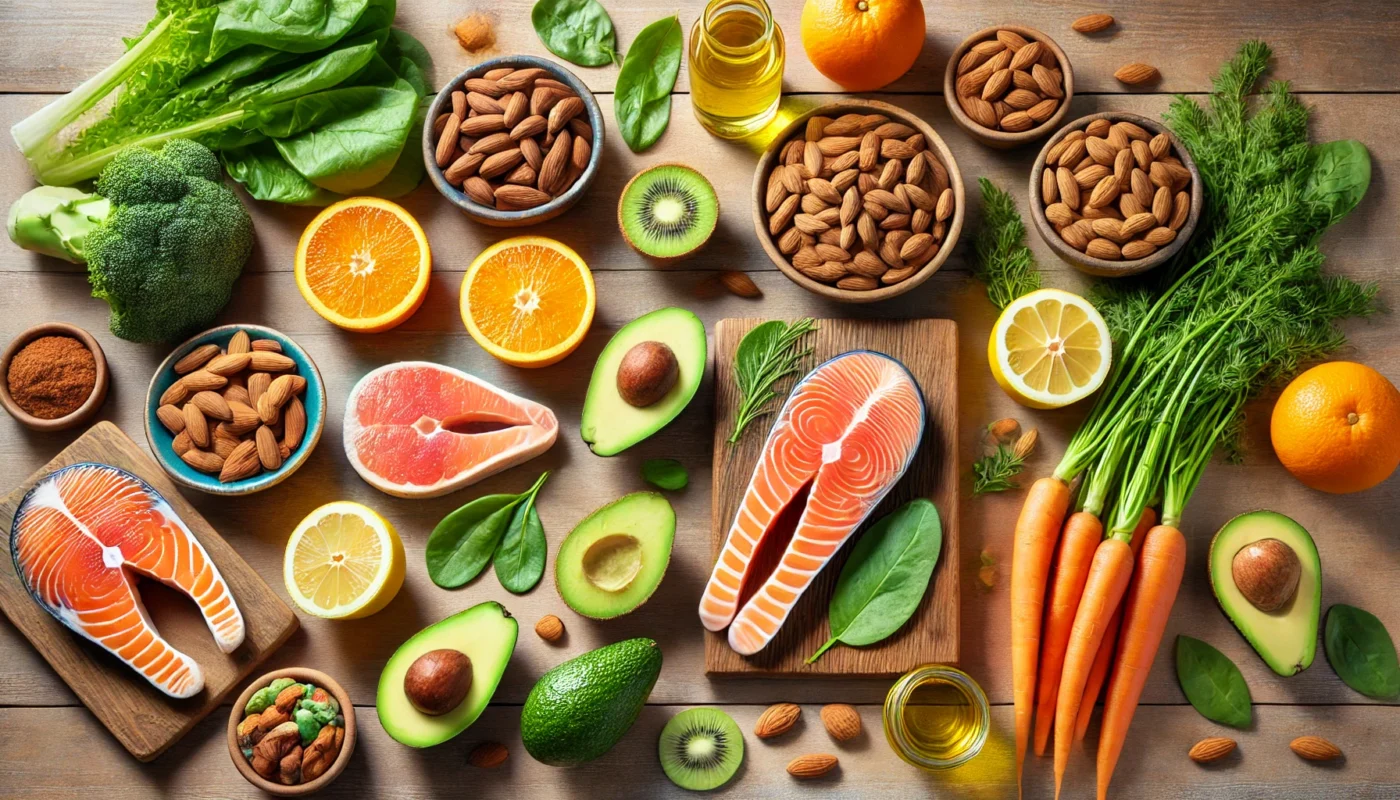Pain is an inevitable part of life, but it doesn’t have to control yours. Whether you’re a fitness enthusiast seeking to recover from a strenuous workout, a health enthusiast looking to optimize your wellbeing, or a medical patient managing chronic discomfort, understanding pain relief methods is crucial. This article delves into the top 10 pain relief methods, offering a comprehensive overview of each approach and how it can be applied to improve your health and quality of life.
Tag Archives: Dietary Supplements
Living with chronic pain can be an overwhelming challenge that affects every aspect of daily life. Whether you’re a fitness enthusiast dealing with persistent muscle pain, a health enthusiast seeking alternatives to traditional medicine, or a medical patient looking for relief, understanding long-term pain relief options is crucial. This article delves into various approaches, from traditional medications to holistic therapies, to help you make informed decisions about managing chronic pain.
The term “gut health” encompasses the balance of microorganisms living in your digestive tract. Maintaining the right balance of these microorganisms is crucial for your physical and mental well-being. An unhealthy gut can contribute to a wide range of issues including inflammation, fatigue, anxiety, and digestive disorders.
Vitamin E is a fat-soluble antioxidant that plays a crucial role in protecting your body’s cells from oxidative stress. This nutrient is particularly vital in skin health as it aids in fighting off free radicals that can delay the healing process. According to scientific studies, Vitamin E not only protects against environmental damage but also promotes collagen production, which is fundamental for skin repair and regeneration.
Recovery from injuries, surgeries, or illnesses is a multifaceted journey that demands a holistic approach. While physical therapy and rest are often highlighted, nutrition plays a pivotal, yet frequently underestimated, role in the recovery process. Nutritional deficiencies can significantly hinder the body’s innate ability to heal and regenerate. This article explores how inadequate nutrition affects […]
Inflammation is a natural and essential part of the body’s healing process. However, chronic inflammation can lead to various health issues, including heart disease, arthritis, and certain cancers. Fortunately, incorporating anti-inflammatory foods into your diet can help mitigate these risks and promote overall well-being. This article will delve into a selection of flavorful anti-inflammatory foods and provide practical meal ideas to incorporate them into your daily routine.
Arthritis is a debilitating condition affecting millions of people worldwide. It involves inflammation of the joints, leading to pain and stiffness that can severely impact one’s quality of life. While traditional treatments focus on medication and physical therapy, there is growing interest in the role of diet—particularly the consumption of fruits like blueberries—as a natural remedy for arthritis. In this article, we explore the scientific evidence supporting the benefits of blueberries for arthritis management.
Recovery is an integral part of any fitness regimen, yet it’s often overshadowed by the excitement of workouts and exercise routines. However, understanding and optimizing recovery is key to achieving your fitness goals. One of the foundational elements of effective muscle recovery is nutrition, particularly the incorporation of essential vitamins that facilitate muscle repair, growth, and overall recovery.
In this comprehensive guide, we will delve into the best vitamins for sore muscles, those that enhance strength, and those that are pivotal for muscle repair and growth. We’ll explore how these nutrients can be leveraged to maximize your post-workout recovery.
Joint health is a crucial aspect of overall wellness. It influences our mobility, comfort, and ability to engage in daily activities.
Yet, many of us overlook the profound impact our diet can have on our joints. We often focus on the role of physical activity, while neglecting the power of nutrition.
This article aims to shed light on the connection between poor diet and joint injuries. It will delve into the scientific research behind various dietary factors that can affect joint health.
We’ll explore how certain foods and ingredients, such as sugar and dairy, can potentially cause inflammation and pain in the joints. We’ll also discuss the role of specific proteins and artificial sweeteners like aspartame in exacerbating arthritis symptoms.
But it’s not all about the negatives. We’ll also provide practical advice on how to improve your joint health through better nutrition. We’ll highlight anti-inflammatory foods, beneficial supplements, and lifestyle changes that can support healthier joints.
Whether you’re a fitness enthusiast, a health enthusiast, or a medical patient, this comprehensive guide will equip you with the knowledge to make informed dietary choices for your joint health.
So, let’s embark on this journey to understand how a poor diet affects joint function and what we can do about it.
The quest for radiant skin and luscious hair is universal. Yet, the secret to achieving this often lies within, in the form of essential vitamins.
Understanding the role of vitamins in skin and hair health can be a game-changer. It can help you make informed choices about your diet and lifestyle.
This article aims to shed light on the best vitamins for skin and hair. We delve into the science behind these vitamins and their benefits.
We’ll explore vitamins A, C, E, and D, along with essential B-vitamins. We’ll also discuss the importance of Omega-3 fatty acids and key minerals like zinc, iron, and selenium.
But it’s not just about knowing which vitamins to take. It’s also about understanding how to incorporate them into your routine effectively.
We’ll provide practical tips on dietary sources, supplements, and topical applications. We’ll also discuss common pitfalls to avoid, such as over-supplementation and potential interactions.



